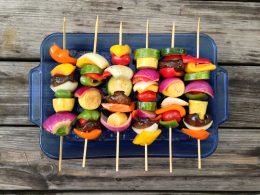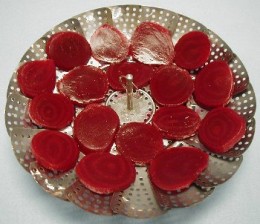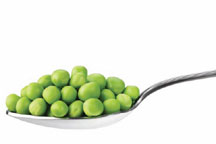September 7 is designated Acorn squash day. So give it a try! It can be served as a main dish, a side, or even dessert.
Roast or steam for easy preparation. Then add it to pasta, puree into a soup, or stuff with your favorite meatloaf mix or apple mixture.
Save the seeds and toast them like pumpkin seeds for a snack.
The shells are useful as a serving bowl or soup bowl.
Acorn squash come in a variety of colors such as yellow, dark green, tan, and orange.
Learn more at www.fruitsandveggiesmorematters.org/acorn-squash.




